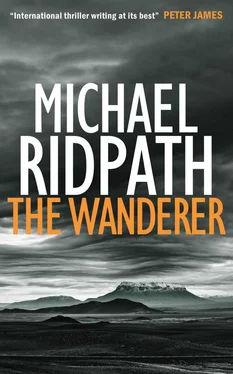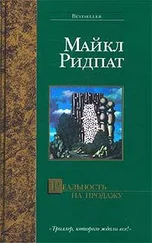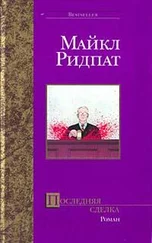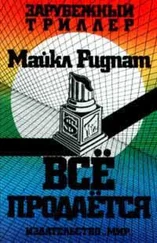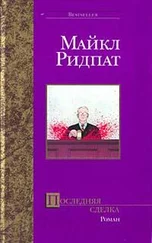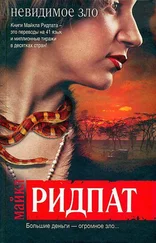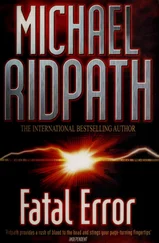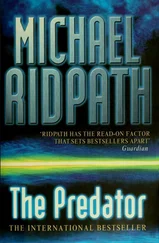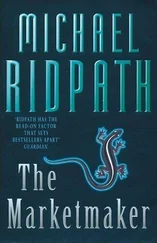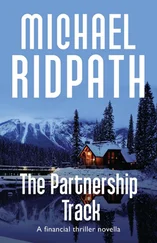Einar strode from the little blue schoolhouse they were using as the site lab towards the dig. The damp grass gleamed in the sunshine, a carpet of deep green speckled with yellow and purple flowers. This part of Greenland, the south-western tip, was definitely green, which is why Erik the Red had picked the spot to settle.
It was a perfect place for a landless outlaw from Iceland to claim as his own. Erik’s Fjord wound thirty kilometres from Brattahlíd, or Qassiarsuk as it was now known, down to the sea, past formidable mountains which sheltered the farm from westerly gales. But at this point the slopes were gentle, and covered in a thick matting of grass, plenty for the sheep to eat. Erik had nabbed the best site; his companions had built their own farms at various points along this and neighbouring fjords, creating what became known as the ‘Eastern Settlement’, even though it was on the west coast of Greenland. The ‘Western Settlement’ was a couple of hundred kilometres further north-west along the coast.
Erik built his farm a hundred metres in from the fjord’s edge, just above a brook for fresh water. The scene could have been Iceland or even Scotland, except for a dozen or so serene icebergs drifting up towards the fjord’s head from the foot of a glacier just around the corner, twisted sculptures of white and blue. Maybe they were formed from Viking snow that had fallen on Greenland a thousand years before in Erik’s time. Possible, although more likely the ice was much older.
Brattahlíd had been a substantial farm, consisting of a long house, various barns and byres, and a tiny little church that had been built by Erik’s Christian wife, according to his saga. The site had been excavated in 1932 and again partially in 2005. Unsurprisingly, the 1932 excavation had been an unsubtle affair with trenches and shovels, disrupting the ‘contexts’ as archaeologists call the layers of soil representing different periods of inhabitation. Brattahlíd had been inhabited from the first settlement of Greenland in about ad 985 until the fourteenth century.
The 2005 excavation had been much more careful, but less extensive, and now Einar was supervising a dig to develop it further. The permafrost in southern Greenland, which had until recently kept Viking artefacts perfectly preserved, was beginning to melt, turning into oxygen-filled slush. Archaeologists had to get a move on if important evidence, especially organic remains, was not to be lost forever.
So far, after five weeks’ work, they had turned up very little new. Plenty of bones and beetles and pollen for analysis back in the UK, but, unless they were lucky, not enough yet to justify coming back next year. Einar knew he shouldn’t get too downhearted until he had analysed the results himself. He was building a reputation as an expert on the effects of climate change in the Middle Ages on diet, based on studies of what remained of the crops, animals and food, and of medieval excrement. Einar was an expert in Viking shit.
There had been a mini warm period, around the year 1000, when it had been possible to grow grain in Greenland. This had been followed by a cold period from about 1250. Greenland was right at the margin of cultivatable land, sustaining greater or smaller human populations depending on the climate. And in the twenty-first-century climate change was fashionable.
Einar would find some data in there to back up his theory that the warm period was more conducive to agriculture and human habitation in Greenland than people realized. He was good at that, digging around in the data crap to find little jewels of wisdom.
But the treasure hunter within him would have loved to have found a real jewel among all that dirt.
The dig itself was a haphazard rectangle of bare earth, picketed with string and posts, in which a dozen or so people were squatting and scraping. His deputy had returned to York the week before, but there were two competent PhD students from his department and one from Aarhus in Denmark, and a number of undergraduate volunteers from all over the world, all keen, all digging away, all happy to spend their summer vacation in a damp hole in Greenland.
‘Einar! I think I’ve found something!’
It was one of the younger, more inexperienced students, a young Italian woman named Carlotta. She was standing up and waving to him. Despite himself, even after so many years, Einar felt his heart beat slightly faster with the excitement of an unknown discovery.
‘What is it?’
‘A shell.’
The excitement faded. There were plenty of shells at Brattahlíd — shellfish were a big part of the Norsemen’s diet, although oddly fish were not. That was something Einar needed to explain.
‘It has a hole in it.’
‘Let me take a look.’
It was indeed a shell. A clam. It was half-buried in a wall of one of the previous trench excavations from 1932. It was a light grey, small and round, and there was a perfect hole in the middle of it.
‘And look! There might be another one here.’
Sure enough, a tiny sliver of white shell peeked out from the earth.
This was worth taking seriously. Over the next few hours, the archaeologists took photographs and made drawings of the area, before Einar himself slowly and delicately brushed away the soil.
There wasn’t just one clamshell, they found six, all with holes. A necklace. Einar had never seen a Viking shell necklace before.
Neither had he seen that kind of clamshell, at least not in the digs around Iceland and Greenland, where the Arctica islandica was common. This was something else.
‘I know what that is,’ said one of the volunteers. He was a genial, tubby American named Craig, from a university in Michigan. A bright kid, Einar had grudgingly recognized. ‘It’s a hard clam.’
‘Are you sure?’
‘Sure I’m sure. I go clamming every summer with my aunt on Cape Cod.’ He peered at the shells. ‘And you know what these might be?’
Einar was irritated. He was the one who was supposed to ask those kinds of questions. But he was also curious. ‘What?’
‘Wampum. I took a class on Native American archaeology last semester. It’s totally wampum.’
The student who had made the find, Carlotta, wasn’t classically beautiful, in fact her face was uneven — angles rather than curves, and her nose was too long, but she had eyes that flashed intelligence and enthusiasm for life, and a lithe body, slim, constantly moving. She was easily the most attractive student on the dig, and Einar could tell that he had had her under his spell from the moment he had introduced them all to the site. Out in the field, he could make a site come to life, and that was exactly what any aspiring archaeologist wanted: to live in the past, to feel that they were physically immersed in a world that was centuries old, rather than simply squatting in a ditch in the rain without Wi-Fi.
He had known right away he would sleep with Carlotta. The only question was when.
And the answer was the night after she had discovered the wampum.
Wampum was the name given to intricate strings of beads made of clam- and whelk shells, which were used by Native Americans in what became New England as gifts and a sign of status, and, after the colonists arrived, as currency. But Einar soon discovered that the wampum Carlotta had found was of the most basic kind, consisting only of grey clamshells. It turned out to be the kind used on the island of Nantucket, fifteen miles off the coast of Cape Cod.
Such a find, in the house Erik the Red, the father of two of the chief explorers of Vinland, Leif and Thorvald Erikson, and father-in-law of another one, Gudrid, was hugely exciting. And worth celebrating.
Читать дальше
